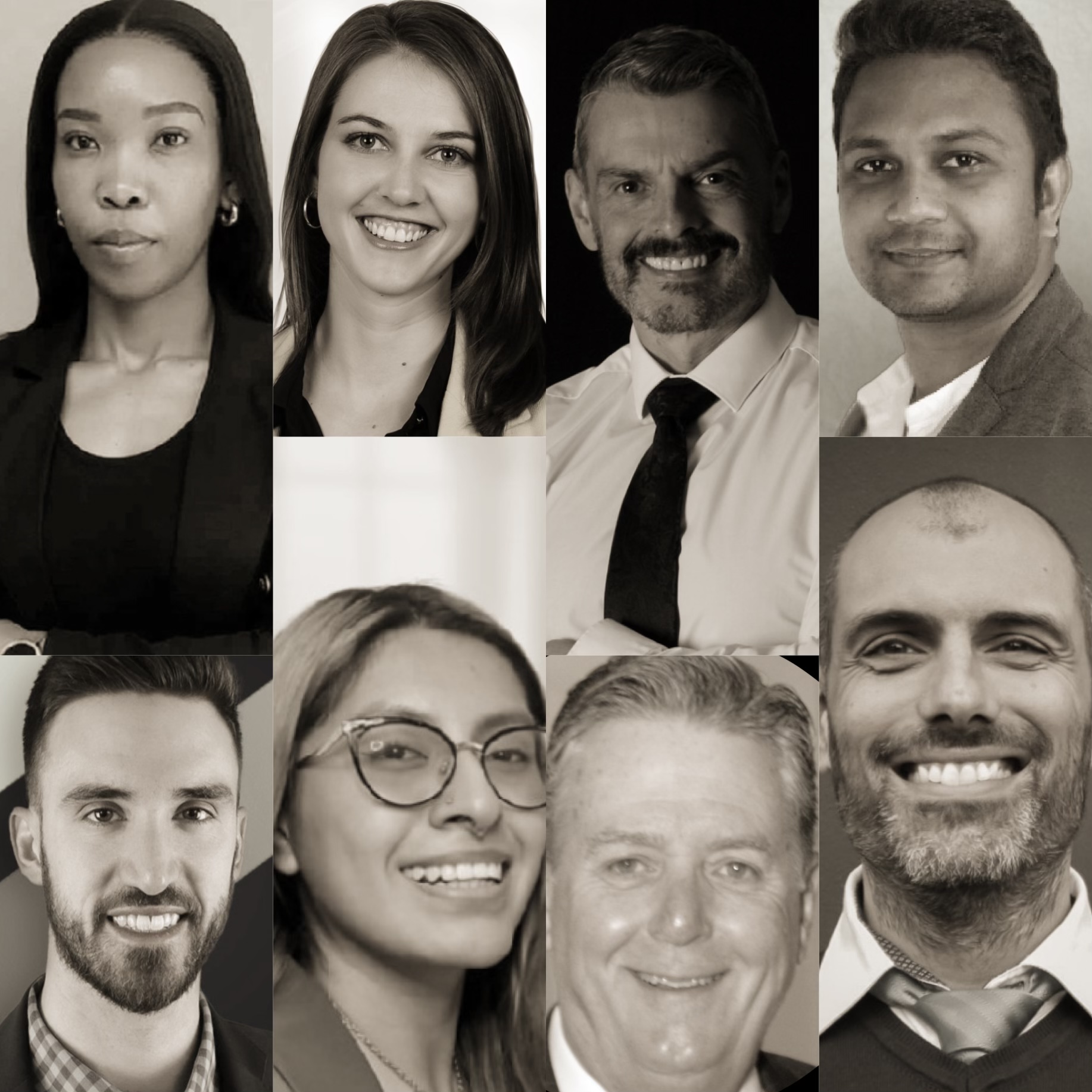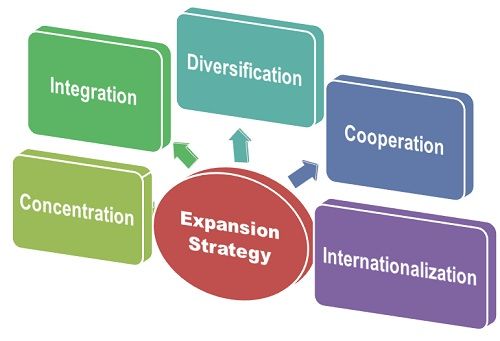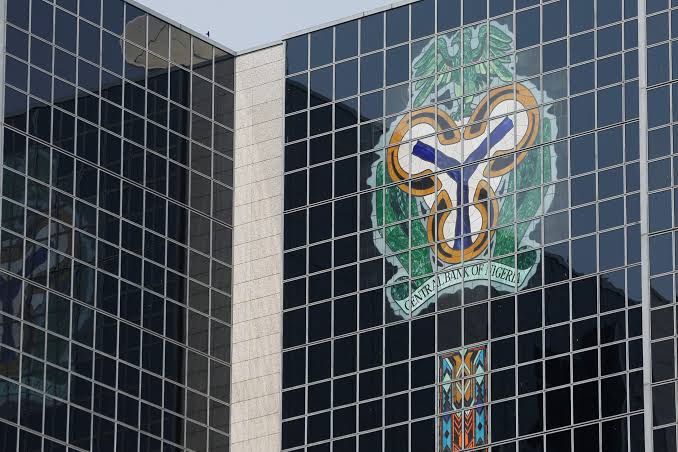By Zion Rufus
….Debate surrounding the creative process within the workplace recently gained traction on LinkedIn.
The workplace’s approach to creativity is under scrutiny as employees increasingly voice their concerns about the incessant pressure to generate ideas on the spot during meetings.
While some may thrive under this pressure, research suggests that creativity doesn’t adhere to a strict schedule. In fact, experts have argued that spontaneous creativity may NOT be the key to fostering innovation.

A study published in the journal Nature reveals that creativity is intricately connected to the brain’s “default mode network,” which activates when the mind is at rest. This implies that periods of relaxation, daydreaming, and unstructured thinking can significantly boost creativity. In essence, creativity doesn’t operate on demand; it flourishes when allowed to flow naturally.
In a thought-provoking LinkedIn post by Marketing Revolution, Jon-Stephen Stansel’s statement, “Stop asking people to come up with ideas on the spot during meetings. Creativity doesn’t happen on demand,” sparked a lively discussion.
While some marketing experts such as Moumelelo Nkabinde, a sales and marketing assistant concurred, emphasizing the need for well-prepared sessions, others held the view that creativity could indeed emerge in spontaneous situations.
Sawan D, the Director of Trainopaedia, shared the example of Amazon’s practice of sharing elaborate documents before meetings, allowing attendees to prepare and arrive ready to share innovative ideas.
According to the Director, this method has proved to be fruitful and productive.
“It ensured everyone is on the same page and ready to share ideas. The narratives had links to all the necessary data for the attendees. They also had FAQs towards the end to clear any doubts. This really made the meetings fruitful and people would come up with the craziest of the ideas,” he stated.
Rick Bennett, a regional sales leader, emphasized the importance of maintaining a relaxed environment for creativity to flourish, highlighting that creative insights often emerge when individuals feel at ease rather than pressured.
Studies have also shown that a relaxed atmosphere is the catalyst for creative brilliance, revealing that creative insights are more likely to flourish in a laid-back environment rather than under pressure.
When individuals feel at ease, their minds are more open to imaginative thinking and innovation. Creating a stress-free space allows for exploration, experimentation, and the free flow of ideas. It has also proven to be essential for workplaces and individuals alike to prioritize relaxation, whether through comfortable workspaces, flexible schedules, or mindfulness practices, to unlock the full potential of creative thinking.
Meanwhile, while acknowledging that some people can be creative on demand, Lea Peter, a Marketing Manager and CX Consultant at BCM, urged open-mindedness when evaluating their proposals.
She further pointed out that rushed requests for ideas might yield initial results without the opportunity for refinement.
On his part, Paul Trau, the Managing Partner/Director of RetailRESULTS, proposed a structured approach to soliciting ideas before meetings.
He suggested that participants submit ideas in advance, and an impartial member presents all of them, helping to overcome potential biases.
If an idea warrants further discussion, the original contributor can present it to the group. This approach, he argued, maximizes idea generation and fairness.
James Cribbs, the Founder and CEO of Ham Radio Prep, expressed his support for brainstorming meetings, emphasizing their importance.
“Actually, I think it’s an underrated meeting type,” he stated.
Robert Gaspar, a Freelance Copywriter, highlighted the value of group brainstorming, often yielding a multitude of excellent ideas.
Marie Farro, a Social Media Marketer and Content Creator believes that while some people may quickly express their ideas, others may require more time.
It’s crucial to recognize that different individuals have diverse creative processes.
While spontaneous creativity can be valuable, it should coexist with structured brainstorming sessions that allow time for preparation and thoughtful contributions.
Balancing spontaneity with structured planning can create a more inclusive and creative work environment, ensuring that all employees have the opportunity to contribute their innovative insights when they are at their best.







Comment
No comments found.